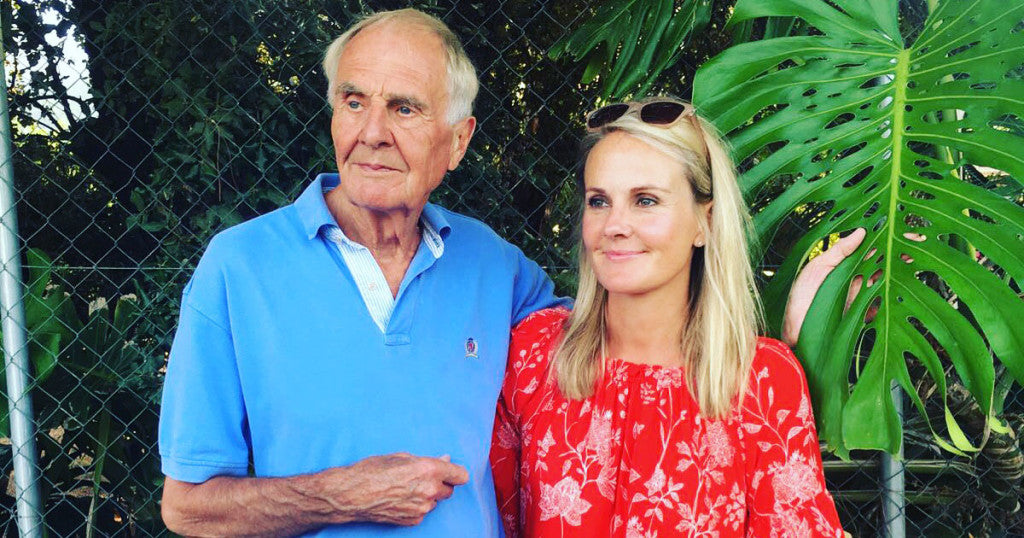On every trip away I come back with something new, not just physically as the collection of dried carob and almonds spilled out of my suitcase on our return from Soller in Mallorca. This time my dad was with us so I knew I was in for a few lessons that I will remember always. He notices things that generally go unnoticed. It is good to notice, to stop and appreciate.
We talked about the castor oil plant, revered as one of the most valuable laxatives in medicine, it is sometimes known as the ‘Palm of Christ’ to reflect the inherent healing power of the oil. All around us here in the UK and abroad grow plants with amazing properties to heal and nourish.

The wise olive tree
I enjoyed the running commentary on our treks through the hot hills, (carbonated water in our rucksacks, ideal for replenishing lost minerals through sweating). Dense with the olive tree, their wizened trunks reminding me of wise old men hundreds of years old. They twist and contort appearing long dead until at the top the silvery green leaves glimmer in the sun, the fruits just beginning to appear while we were there. I wonder what stories they could tell.
The carob fruit lies all over the dry earth; like dried squashed black bananas, emitting a sweet sickly smell. Carob is packed with healing properties; aiding digestion and alleviating diarrhoea, is antiviral and antiseptic. It is often used as an alternative to chocolate. The little seeds can be ground down to powder and used as a cocoa substitute. Carob can sometimes be found in natural sun creams as a tan accelerator but the most interesting nugget is it is literally worth its weight in gold

Unripe carob
The word carat is derived from carob. The seeds of the carob are so uniform in size they were used as a measure of weight. A gemstone would be placed on one side of a set of scales and the carob seeds on the other. A precious stone balanced out evenly with 10 seeds was said to weigh 10 seeds which then became 10 carobs and eventually then became 10 carats.
The figs were just ripening and we were lucky enough to pick a few darkened ones on our daily walks through the countryside. The fig is a member of the mulberry tree and has a wealth of beneficial nutrients including Vitamin A, B1, B2 calcium and potassium. I love them in season in my raw breakfast or eaten with Greek yoghurt drizzled with honey.

Almond tree
I had a new appreciation for almonds and the harvesting of them. It is a time consuming job. When they are ready to be picked most of the nuts on the trees should have visibly split open, they are then knocked or picked off the tree. The hulls must be removed by hand then the almonds are spread out in trays in the sun. After some time when the nuts are dry they will rattle when shaken, they can then be stored.
In the evening a new delight was to be enjoyed. We would walk past a night blooming Jasmine in the beautiful garden of our hotel as we made our way to bed. The flowers are tightly shut during the day but as night falls the white petals would bloom releasing the most heavenly scent stopping you in your tracks. It was a moment to cherish.
One most special observation was of a group of about 12 elderly ladies, all gathered around an oblong table in the village square enjoying wine and camaraderie. They were having fellowship together, laughing and nodding, heads tilted to one another, watching and listening with interest. I could tell that this was special to them, even necessary, to gather together. It was truly a most lovely sight. Good, reliable, loving, caring relationships are vital for longevity.
So we left this beautiful island with fond memories of the cockerels crowing to each other across the valley, the orange trees with their new fruit appearing, my first sight of an avocado tree, and the realisation that wherever you go in the world, through conversations I had, people struggle with health and fears and continue to hope.
“Friendship is born at that moment when one person says to another: ‘What! You too? I thought I was the only one.” ~ C.S. Lewis

Share:
Proof that the best things in life really are free
Industrial air pollution causing a toxic brain